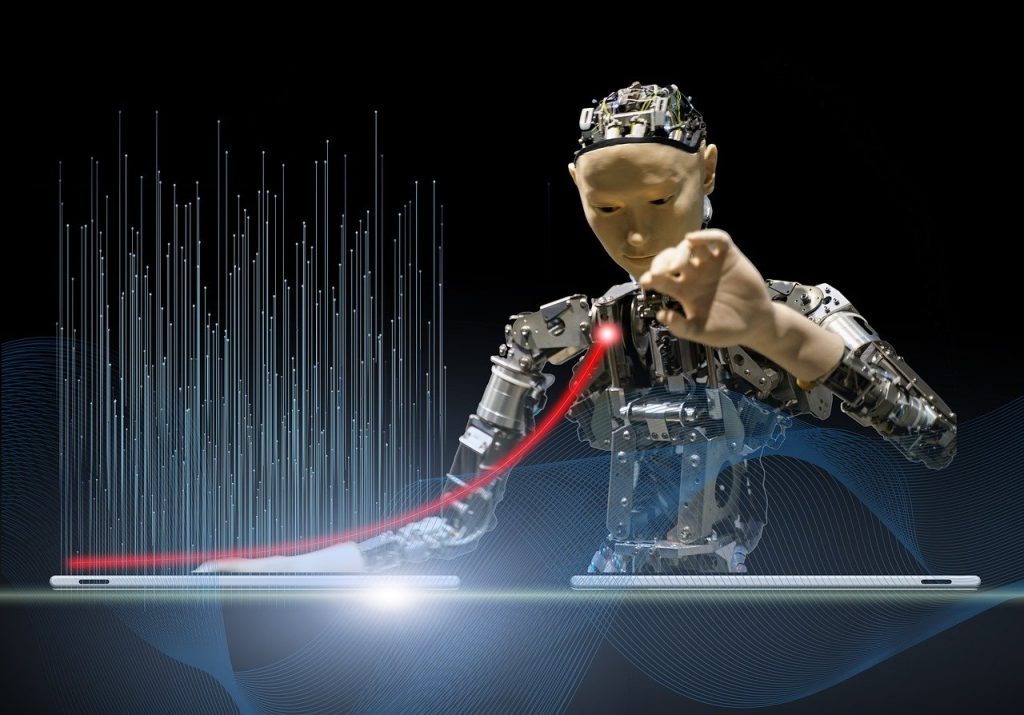
GUEST POST from Art Inteligencia
In recent years, the healthcare industry has seen a rapid increase in the adoption of robotics and automation technologies. These advanced technologies have the potential to revolutionize the way healthcare services are delivered, offering improved efficiency, accuracy, and patient outcomes. From surgical robots to automated medication dispensing systems, the possibilities for robotics and automation in healthcare are vast and exciting.
One prominent example of the adoption of robotics in healthcare is the da Vinci Surgical System. This cutting-edge robotic surgery system has been used in thousands of procedures worldwide, offering surgeons enhanced precision and control during minimally invasive surgeries. Studies have shown that surgeries performed using the da Vinci system result in faster recovery times, reduced pain, and improved outcomes for patients. This technology has not only improved patient care but has also revolutionized the way surgeons approach complex procedures.
Automated Medication Dispensing Systems
Another example of the adoption of automation in healthcare is the use of automated medication dispensing systems in hospitals and pharmacies. These systems use robotics to accurately dispense medications to patients, reducing the risk of medication errors and improving overall patient safety. By automating the medication dispensing process, healthcare facilities can streamline operations, reduce costs, and ensure that patients receive the correct medications in a timely manner.
The adoption of robotics and automation in healthcare is not without challenges. Healthcare providers must navigate regulatory hurdles, address concerns about job displacement, and ensure that new technologies are integrated seamlessly into existing workflows. However, the potential benefits of these technologies are too great to ignore. By embracing robotics and automation, healthcare providers can improve patient outcomes, enhance efficiency, and revolutionize the delivery of healthcare services.
Conclusion
The adoption of robotics and automation in the healthcare industry holds great promise for the future of patient care. From surgical robots to automated medication dispensing systems, these technologies have the power to transform the way healthcare services are delivered. By learning from successful case studies such as the da Vinci Surgical System and automated medication dispensing systems, healthcare providers can harness the potential of robotics and automation to improve outcomes and enhance patient care. The future of healthcare is bright, and robotics and automation are leading the way.
Bottom line: Futurology is not fortune telling. Futurists use a scientific approach to create their deliverables, but a methodology and tools like those in FutureHacking™ can empower anyone to engage in futurology themselves.
Image credit: Pixabay
![]() Sign up here to get Human-Centered Change & Innovation Weekly delivered to your inbox every week.
Sign up here to get Human-Centered Change & Innovation Weekly delivered to your inbox every week.